Barley is a cereal grain and a member of the grass family.
How does Barley taste?
Barley has a nutty, slightly sweet flavour with a chewy texture. When cooked, it can have a creamy consistency and can be used in soups, stews, salads, and as a substitute for rice in risottos.
Texture
Barley has a chewy texture and is slightly firm when cooked. It has a unique texture that can be described as slightly soft, but still with a bit of bite or resistance when you chew it. When cooked, the outer layer of barley grains may soften slightly while the inside remains slightly firm, giving it a pleasantly chewy texture. The texture of barley can vary depending on how it is cooked and used in a dish. For example, if it is used in a soup or stew, the texture may be softer and creamier, whereas if it is used in a salad, it may have more bite and texture. Overall, the texture of barley can add depth and interest to a dish, making it a versatile ingredient in cooking.
When cooked, barley tends to retain its shape and texture better than wheat, which can become soft and mushy if overcooked. This makes barley a good choice for dishes that require a grain with a bit more texture and bite, such as soups, stews, and salads. Wheat, on the other hand, is commonly used to make bread, pasta, and cereal, where its texture can be manipulated to create the desired consistency.
Characteristics
Barley is a relatively easy crop to grow. Furthermore, it’s well adapted to a range of climates and soil types. Barley can grow in cool, dry conditions, making it a popular crop in regions with a short growing season or where other crops may struggle.
Barley is also a hardy crop that can tolerate drought and some pests and diseases. It is typically planted in the fall or early spring, depending on the climate, and can be harvested in the early summer.
Barley requires well-drained soil with a neutral pH, and it benefits from adequate irrigation during the growing season. It is also important to manage weeds and pests, such as aphids and leafhoppers, which can affect the crop’s yield.
Overall, while there are some challenges to growing barley, such as managing pests and diseases, it is generally considered an easy crop to grow, making it a popular choice for farmers and gardeners alike.
History and Origins
Barley is believed to be one of the oldest cultivated grains and has been grown by humans for thousands of years. Its precise origins are not known, but it is thought to have first been domesticated in the Fertile Crescent region of the Middle East, which includes parts of present-day Iraq, Syria, and Turkey.
There is evidence that barley was being cultivated in this region as early as 10,000 years ago and was one of the first crops to be domesticated alongside wheat and other grains. From the Fertile Crescent, barley cultivation spread to other parts of the world, including Europe, Africa, and Asia, as humans migrated and traded.
Today, barley is grown worldwide and is an important crop for food, animal feed, and the brewing industry. It is a versatile grain that is used in a wide range of foods, including bread, soups, stews, and salads, and is also a popular ingredient in health foods and dietary supplements.
Health Benefits
Barley is a nutritious grain that offers a range of health benefits. Some of the main health benefits of barley:
- High in fibre er: Barley is an excellent source of dietary fibre for er, including both soluble and insoluble fibres. This can help to promote healthy digestion, reduce cholesterol levels, and regulate blood sugar levels.
- Rich in nutrients: Barley is a good source of important vitamins and minerals, including vitamin B6, thiamin, niacin, magnesium, and iron. These nutrients are essential for maintaining good health and can help to support the immune system, promote healthy skin, and regulate metabolism.
- May help to lower cholesterol levels: The soluble fibre er in barley, known as beta-glucan, has been shown to help lower cholesterol levels by reducing the absorption of cholesterol in the intestines. This can help to reduce the risk of heart disease and stroke.
- May help to regulate blood sugar levels: The fibre and other nutrients in barley can help to regulate blood sugar levels, making it a good choice for people with diabetes or pre-diabetes.
- May help to support weight loss: Barley is a low-calorie, nutrient-dense food that can help to promote feelings of fullness and reduce overall calorie intake. This can help to support weight loss and weight management.
Overall, incorporating barley into a healthy diet can provide a range of health benefits and help to support overall health and wellbeing.
What can I use barley with?
Barley is a versatile grain that can be used in a variety of dishes. Here are some common ways to use barley in cooking:
- Soups and stews: Barley is a classic ingredient in soups and stews, where its chewy texture and nutty flavour add depth and heartiness to the dish. It pairs well with vegetables, beans, and meat.
- Salads: Barley can also be used in salads, where its chewy texture and neutral flavour can provide a good contrast to other salad ingredients, such as fresh greens, tomatoes, and cucumbers.
- Pilafs: Barley can be used in pilafs, where it is cooked with other grains such as rice or quinoa to create a flavourful and nutritious side dish.
- Breakfast dishes: Barley can be used in breakfast dishes, such as porridge, muesli, and granola, where its nutty flavour and high fibre content can help to provide sustained energy throughout the day.
- Baked goods: Barley flour can be used in baked goods such as bread, muffins, and cookies, where it can provide a nutty flavour and dense texture.
Overall, barley is a versatile ingredient that can be used in a variety of dishes, providing a range of textures and flavours to complement other ingredients.
Different Types
There are different forms of barley that are used for different purposes. Here are some of the most common forms of barley:
- Hulled barley: This is barley that still has its tough, outer hull intact, which makes it more nutritious but also harder to cook. Hulled barley takes longer to cook than other forms of barley, but it retains more of its fibre and nutrients.
- Pearl barley: This is barley that has had its outer hull removed, as well as some or all of its bran layer. Pearl barley cooks faster than hulled barley, but it has a lower fibre and nutrient content.
- Barley flakes: These are barley grains that have been steamed and then rolled into flakes, similar to rolled oats. Barley flakes cook quickly and can be used in breakfast dishes such as porridge or granola.
- Barley flour: This is barley that has been ground into a fine powder, which can be used in baking or as a thickener for soups and sauces.
- Malted barley: This is barley that has been allowed to sprout and then dried, which activates enzymes that convert the starches in the grain into sugars. Malted barley is used in the brewing industry to make beer and other fermented drinks.
Each form of barley has its own unique characteristics and uses, and they can all be used in a variety of dishes to add flavour, texture, and nutrition.
Sourdough Hydration Calculator Buy a Sourdough Starter Sourdough Recipes


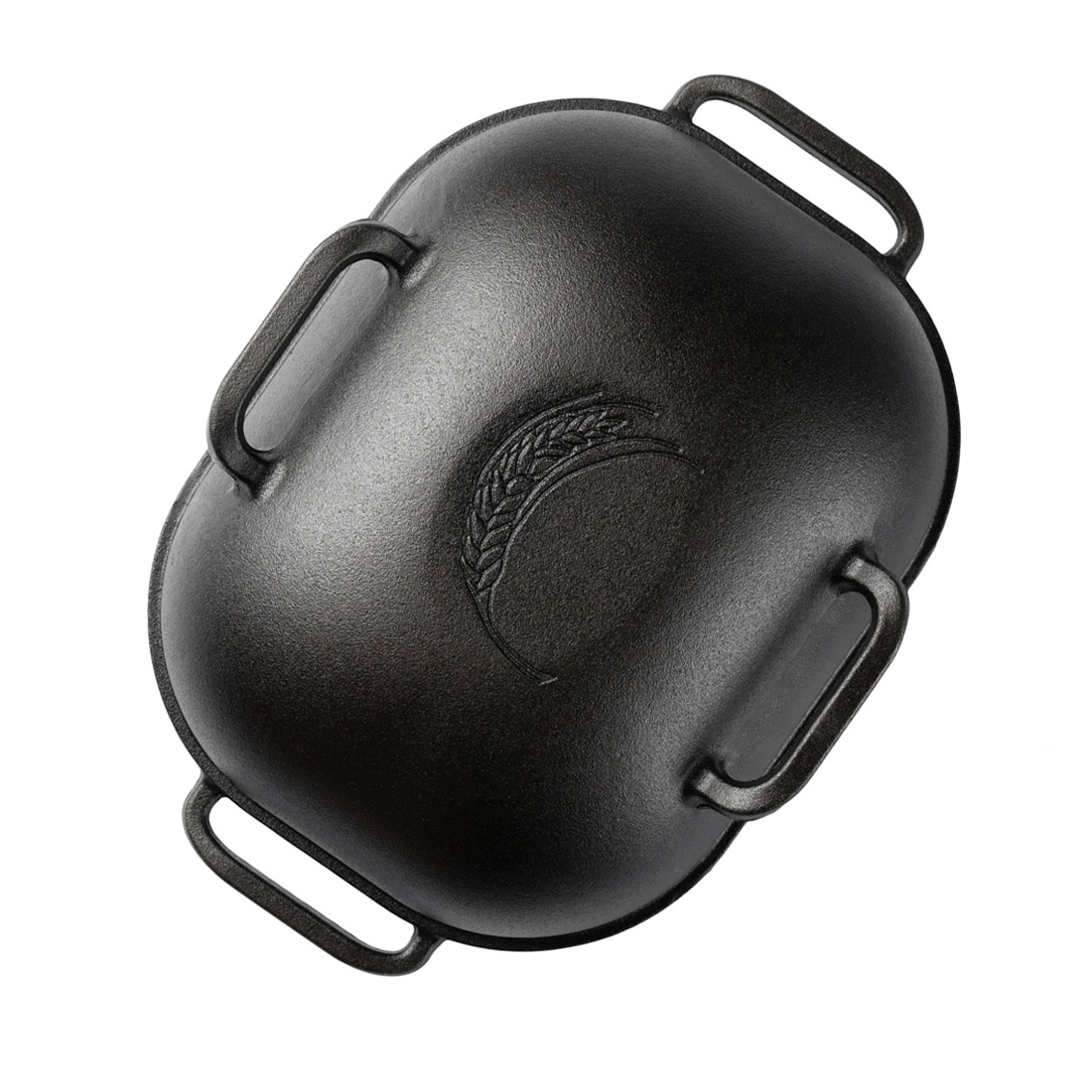 Challenger Bread Pan
Challenger Bread Pan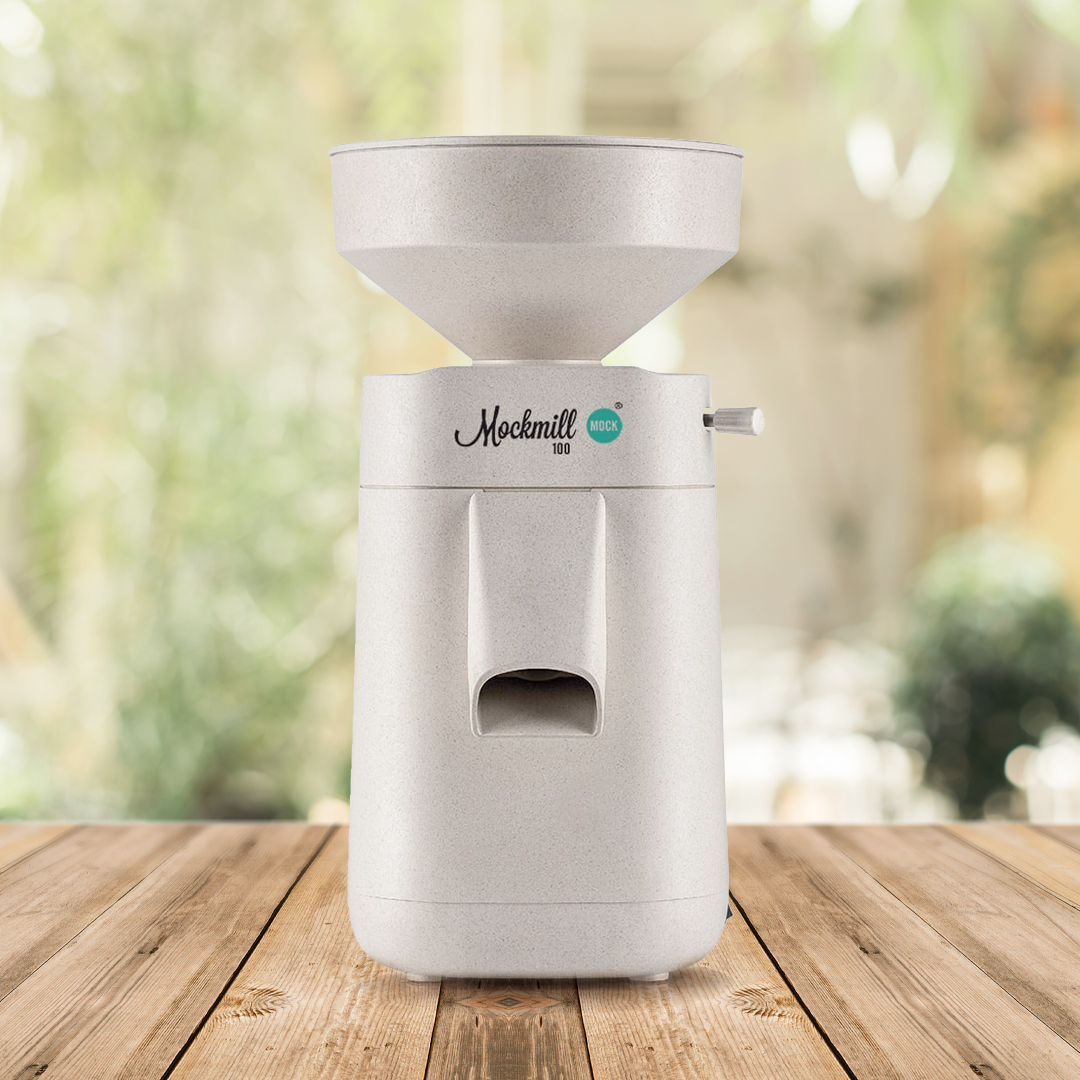 Mockmill 100 Grain Mill
Mockmill 100 Grain Mill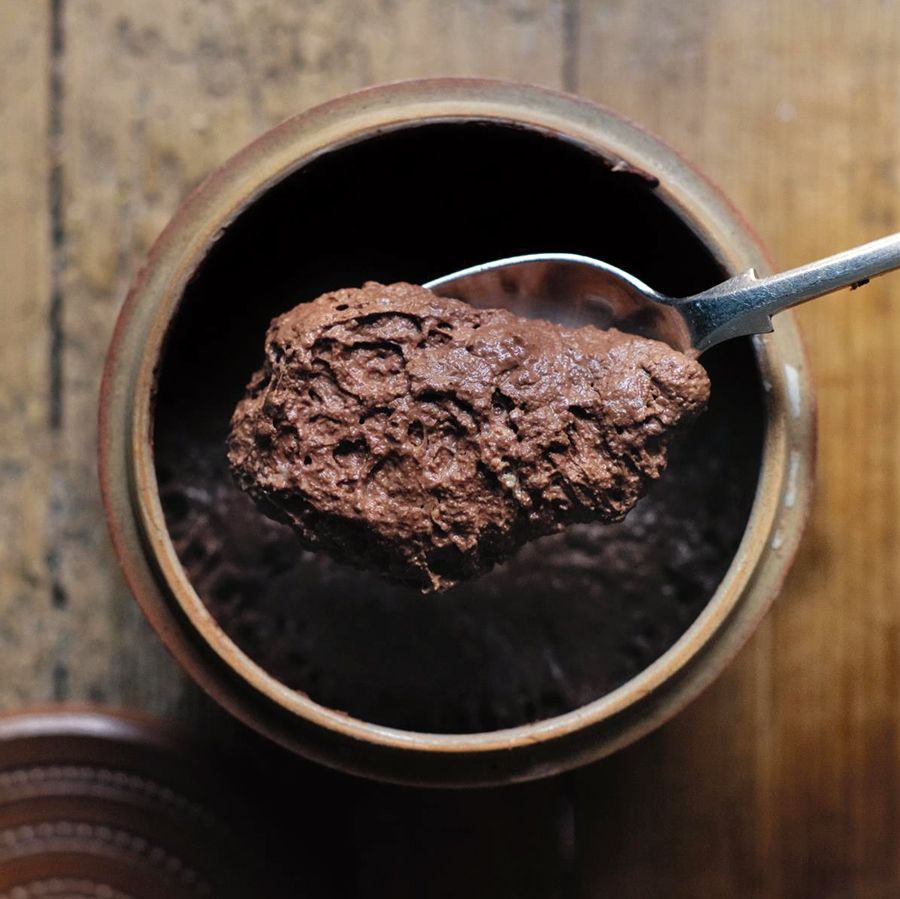 Chocolate Sourdough Starter Kit
Chocolate Sourdough Starter Kit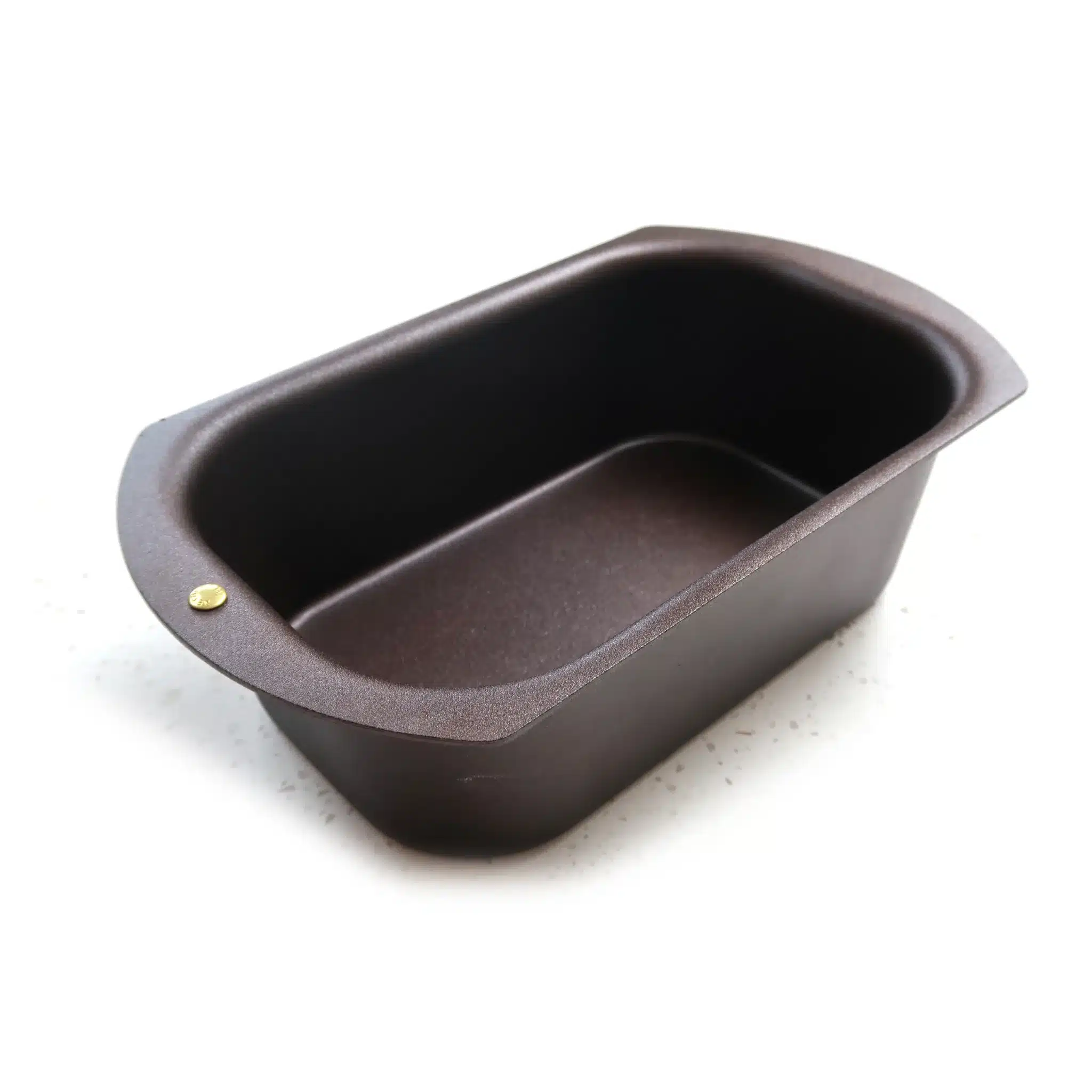 Netherton Foundry Iron Bread Tin
Netherton Foundry Iron Bread Tin
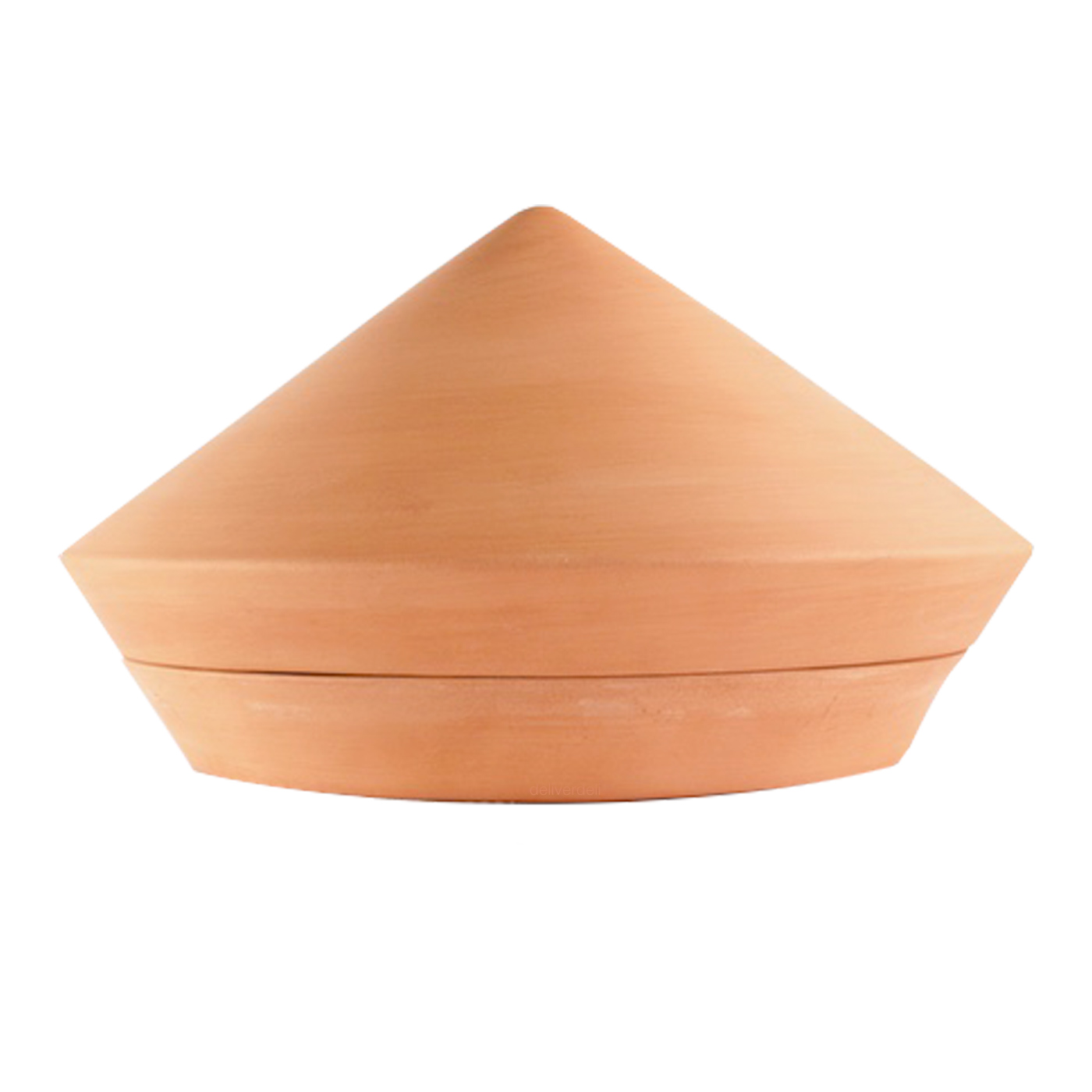 The Spring Oven Bread Pan
The Spring Oven Bread Pan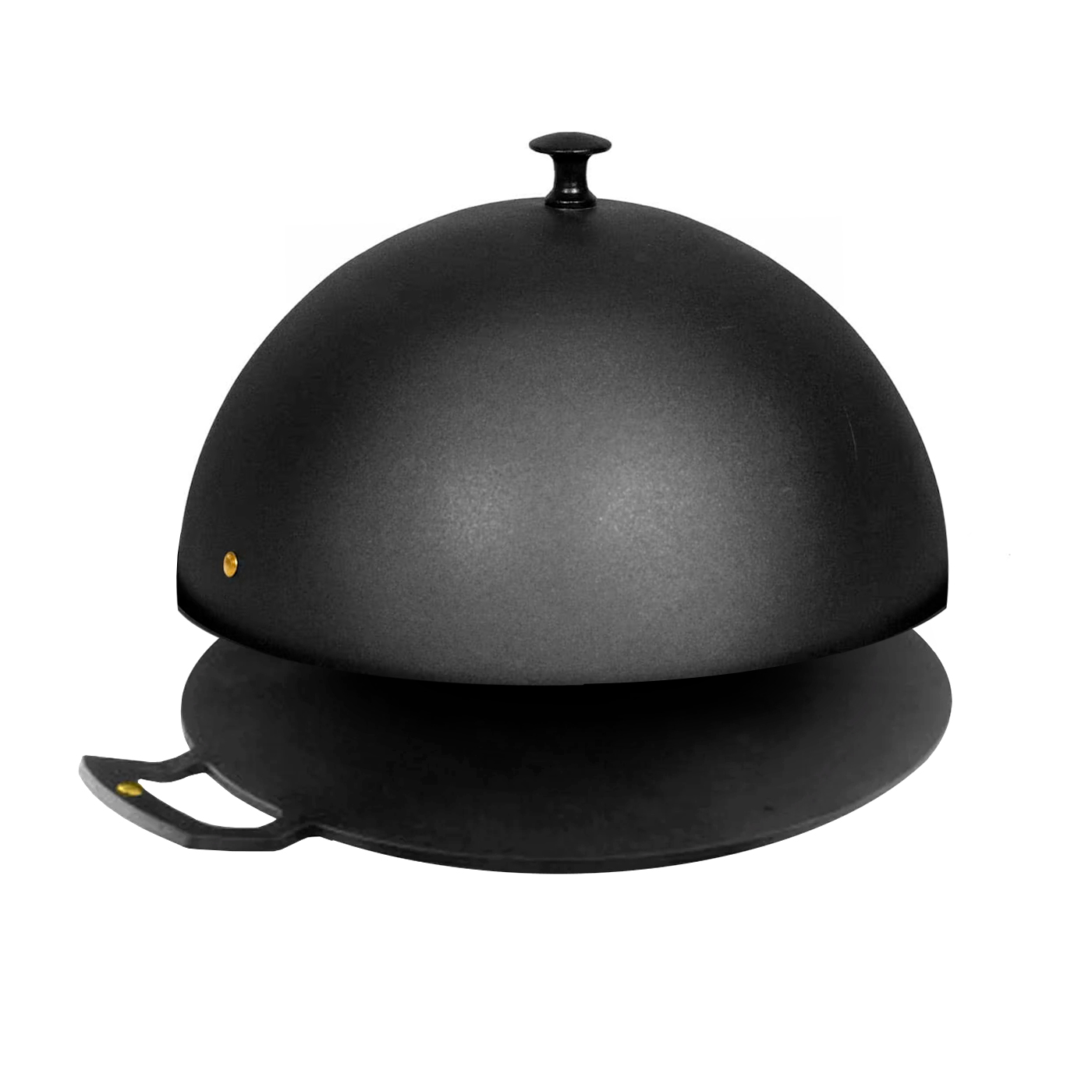 Netherton Foundry Bread Pan
Netherton Foundry Bread Pan
Leave a Reply